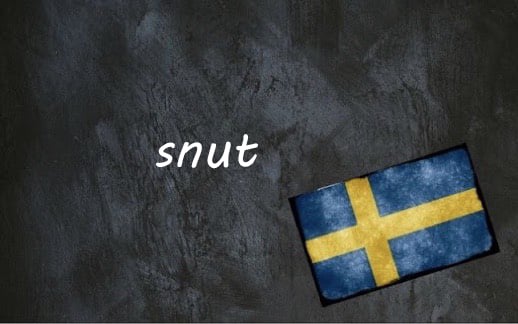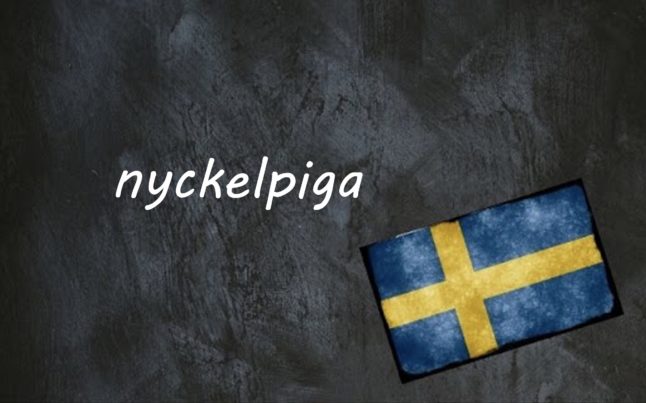Perhaps the official with the greatest number of nicknames, the snut is seldom thought of in neutral terms, whether he is loved or hated. Snut is a Swedish slang term for ‘a police officer’.
Snuten is the definite, as in den snuten, meaning ‘that cop’, but it is also used to denote ‘the cops’ in general, that is the plural, as in snuten kommer, meaning ‘the cops are coming’.
So where does the word come from?
Well, it has the same origin as the English word ‘snout’, ‘the nose and mouth that stick out from the face of some animals’, such as that of a pig, which some people use as a derogatory term for the police. It might be related to the idea that the cops lägger näsan i blöt ‘put their nose in the wet’, or in other words ‘stick their nose where it doesn’t belong’. Whatever the origin, not many Swedes today will know that snut comes from a word for ‘nose’ or ‘mouth’, and the reason for that is that no one uses it anymore in its original sense.
There are however a number of related terms that are used in relation to the nose and mouth. Att snyta sig is to ‘blow one’s nose’. The word snyting is an older word for a punch to the face. Snyte has the same meaning as ‘snout’, and is used for the snouts of animals, although the word generally used for the pig’s snyte is tryne.
As for the different epithets used for the police, there is never a shortage of those. Many today originate in the neighbourhoods primarily inhabited by people of immigrant background, förorten, a word which we have previously covered.
Here are a few selections.
Aina, is from the Turkish aynasiz meaning ‘mirrorless’ which some say is meant to signal that the police have no shame, but more likely has the original meaning of ‘ugly’ since there is an antonym in aynali which means ‘mirrorfull’ or in other words ‘beautiful’.
Bengen/bängen, is most likely from the Romani word for ‘the devil’. Khanzir from the Arabic word for ‘pig’. Civare for plain clothes police, civilklädd polis.
Diskotaxi, literally ‘disco-taxi’ is a term for a police car, a reference to the flashing blue light. Farbror blå, means ‘uncle blue’. Gris, is Swedish for ‘pig’. And shorre/shorri, is from the Arabic word shurṭa, originally a police force established in the early days of the succession of Muslim empires commonly known as The Caliphate.
Snuten is not a neutral word, it can be considered offensive, so best not to use around the police – polisen is the correct term. In decades past you could still hear konstapeln a cognate of the English ‘constable’, but it is now to be considered all but archaic. There is no official title to address a police officer with, but a bit of politeness goes a long way.
Example sentences:
Visste du att Olle är snut?
Did you know Olle’s a cop?
Har du sett vad mycket snutar det är ute idag?
Have you seen the number of cops that are out today?
Villa, Volvo, Vovve: The Local’s Word Guide to Swedish Life, written by The Local’s journalists, is now available to order. Head to lysforlag.com/vvv to read more about it. It is also possible to buy your copy from Amazon US, Amazon UK, Bokus or Adlibris.



 Please whitelist us to continue reading.
Please whitelist us to continue reading.
Member comments